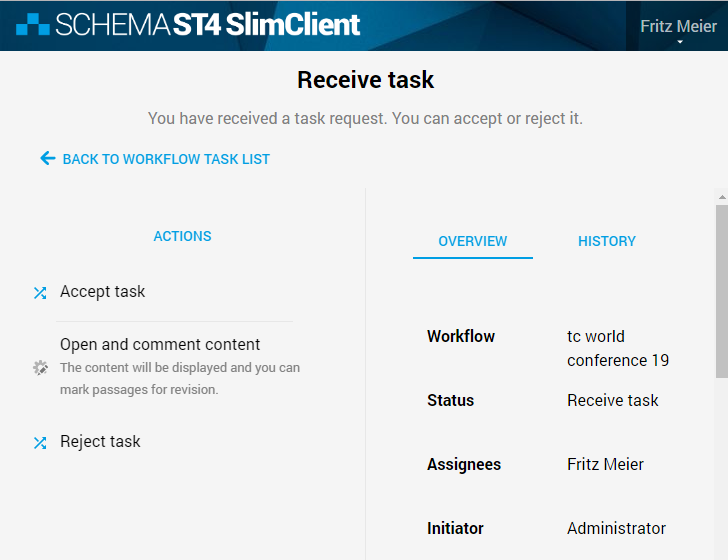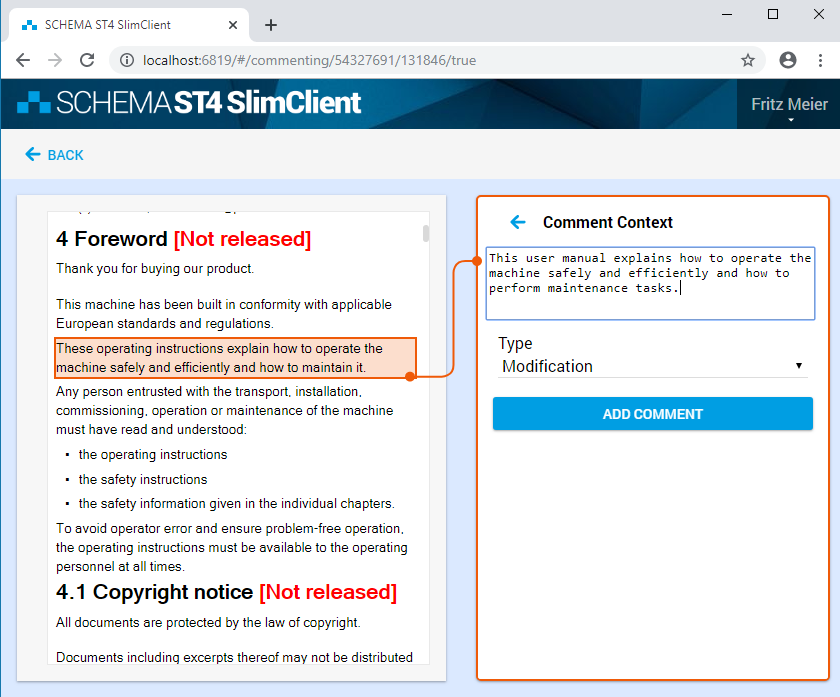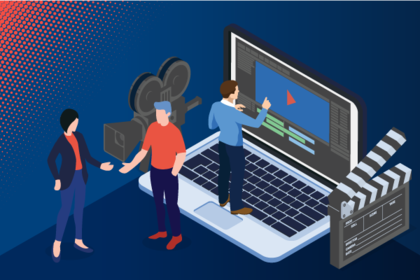Better review processes in technical writing
In technical writing, content naturally does not come out of nowhere. Ideally, it emerges in parallel with the product, thus incorporating functional and developmental changes as quickly as possible. To do this, technical writing needs to depart from the local domain and obtain information from people outside one’s own department, agree with them on what content should be included or removed – most of which is done across a number of levels. Tight publishing deadlines also add further complexity to this construct. And it is this complexity that needs to be eliminated. I spoke about this previously at the tekom annual conference and naturally do not wish to deprive our blog readers of better review processes.

Are reviews really necessary?
In principle, a second, third or fourth pair of eyes is always better to eradicate any errors or misinterpretations, but regardless of that, technical documentation also endeavours to be comprehensive, clear and reliable. Customers expect that – and quite rightly so. To satisfy this requirement alone, technical writers need to coordinate with specialists. That is the only way of ensuring correct information in technical documentation. In addition, approval processes in organisations are often simply mandatory, precisely to ensure these points, or to ensure a continuous improvement process throughout the organisation. Consequently, there is generally no avoiding reviews in technical documentation. The review process is always similar: content is created, a review is undertaken for improvements, after which there is a further approval process and production begins.
The problem with review processes
The real world is often nothing like the ideal presented above. People are often unsure as to what their actual responsibilities are in document creation. Furthermore, in many cases, reviews or approvals are also multi-stage processes and thus very complex. Deadlines are unclear or the timing for translation has not been made explicit. All these uncertainties result in an administrative burden for technical writing.
A particularly pressing question is: How is the process then implemented? Do you perhaps still print content to present to your colleagues and obtain their handwritten comments on it? Or are comments made in PDF files sent out by e-mail? Do your colleagues agree on PDF being digital and thus sufficiently advanced and “almost no effort” for you? Whether PDF or paper, both cases result in a paper chase that the technical writing department has to manage. Excel files must help to enable the status in the process, deadlines, reviewer, team leader, approvals, right through to translation to be monitored manually. Comments, suggested changes and the like which, as part of the process, almost certainly also have to be applied manually to the content in the component content management system. At this point, information can easily be lost on someone’s desk and then missed in the approval process. Conventional review processes eat up time and are prone to error!
How can review processes be improved?
Technical writers manage content in professional component content management systems, such as SCHEMA ST4. These systems support technical writers in many of their most frequent tasks. So why not here too? Shouldn’t it also be possible to manage review processes using component content management systems? More specifically, this would mean that the component content management system would not lose any content, and tasks and processes would be replicated and automated. Even more importantly, colleagues outside the technical writing team could also work on content; feedback would not be lost by the system and would not be separated from the associated content. This would result in eradicating the administrative burden as well as the error rate of review processes used up to now. The component content management system manages and stores all processes, changes and versions in full and with complete traceability. Excel spreadsheets would therefore no longer be required.
Direct access via a browser
On the point “Colleagues outside the technical writing team must be able to work with the component content management system”: less is more here. We therefore have a SlimClient for SCHEMA ST4, which allows access via a browser for editing individual tasks from SCHEMA ST4. The SlimClient is tailored to suit the task to be completed.
Workflow management
Tasks also need to be specified so that they can be managed via a component content management system. This can be done in SCHEMA ST4 without any programming work. You can specify workflows in the Workflow Designer, which is a user-friendly interface for workflow creation in SCHEMA ST4. You use workflows to provide tracks for your review processes, which ensure standard, traceable compliance, thus making your work easier.
After starting your workflow, you can track it easily through a task overview. Workflows initiated, status, editor and deadlines can all be seen here and are automatically updated as they are completed. You can also run an analysis, including full change history.
Time for better review processes!
We are absolutely convinced that there is no need for technical writers to grapple with huge volumes of reviews or processes. Calling on a component content management system for support is best practice in the industry today. Use the component content management system to involve your specialist colleagues in your work as seamlessly as possible, saving time and stress, and increasing the quality of your content. This will result in your authoring processes and reviews being completely transparent and traceable.
About Maximilian Herrmann
Maximilian Herrmann studied Communication and Documentation (B. Eng.) at Aschaffenburg University of Applied Sciences, where he already had the opportunity to become acquainted with SCHEMA ST4. Whilst carrying out his studies, he led a number of seminars with a variety of target groups. Since 2017, he has been combining his teaching skills, studies and knowledge of ST4 as a trainer at SCHEMA. In this role he supports customers with implementation projects, standard training and workshops on technical documentation and SCHEMA ST4.





